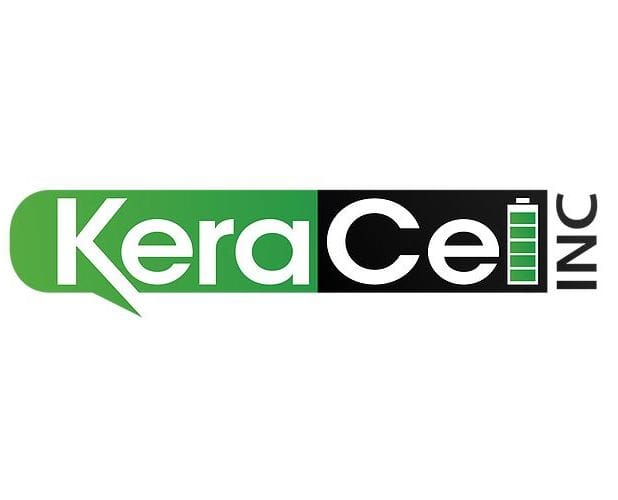 KeraCel is 3D printing batteries
KeraCel is 3D printing batteries
In many ways, the holy grail of additive manufacturing (AM) is the ability to produce completely fully functional components and assemblies in a single fabrication operation—say, smartphones 3D printed with just one machine.
Key to such a capability would be the ability to 3D print complete batteries, a project that a variety of researchers have been working on around the globe.
Though there are a number of research endeavors to develop battery 3D printing technology, KeraCel may be the first company capable of commercializing it. To learn more, we spoke to Arwed Niestroj, chief operating officer of KeraCel, who was able to tell us about the startup’s plan for mass manufacturing solid-state batteries, including the lithium-ion variety, using AM.
How to 3D Print Batteries
KeraCel is still holding its cards close to its chest, but Niestroj was able to divulge some significant information about the firm’s technology. Without going into too much detail, he did specify that KeraCel’s battery printing process is based on MIT’s powder-based binder technology, which the company is in the process of patenting.
Binder jetting is a process in which a liquid binding agent is deposited onto a bed of powder. This powder can be gypsum for making full-color models; sand for creating sand cores from which to cast metal parts; or metal.
Other unique developments related to binder jetting include 3D printing medicine and the fabrication of large-scale sand or gypsum components.
KeraCel has said that it can 3D print a complete battery within this single process, before the battery is finished in a furnace. This includes the anode, cathode and the electrolyte material through which the charged ions pass during the charging and discharging phases.
Traditional lithium-ion batteries are made up of a sheet of conductive material, a sheet of anode, a sheet of cathode and a separator (or “electrolyte”). Due to the roll-to-roll manufacturing process used in producing them, these sheets must have a minimum thickness so that they are sturdy and resistant enough to handle the mechanical forces in production.
KeraCel’s 3D printing system doesn’t have these same constraints.
“The big advantage is that we use much less material than is used in traditional batteries because we can print every layer much, much thinner than the current manufacturing tech will allow,” Niestroj said. “That makes it possible to produce batteries that have double the energy in the same volume. Or we can make a battery with the same amount of energy at half the cost because we’re using only half the material.”
Using KeraCel’s technology, it would be possible to create a battery that would give electric vehicles (EVs) double the typical range or a smartphone with double the usetime before a recharge would be necessary. In fact, the overall process is much less complex than traditional battery manufacturing, potentially dropping the cost of production further.
What makes these batteries solid-state is the fact that the electrolyte is not made of a liquid or gel material. Instead, the firm uses ceramic, which means that, unlike existing batteries on the market, there is no liquid that can heat up to the point of bursting the battery.
“The science in the battery community says that solid-state is the way to go and ceramics are what should be used, so that’s what we’re using,” explained Niestroj.
Other benefits include flexibility. Because the technology is additive, it’s possible to 3D print batteries of any shape and to fabricate different shapes within a single build.
“For example, if you imagine a big bed one by two meters in area, you could print thousands of AA batteries in just a few hours,” Niestroj said.“The amazing advantage, of course, is you can print any geometry. With the same printer, you could print cylindrical cells one hour, rectangular the next hour, and any other shape the hour after that.”
Though Niestroj did not speak to this quality in particular, it’s worth noting that, with binder jetting technology, it’s possible to incorporate additives into the printing process. This can be achieved using the actual inkjet head, which is used to deposit both a liquid binder and CMYK ink in the case of gypsum printing. It can also be accomplished during a subsequent infiltration process, once the part is printed. For metals, bronze is often used to infiltrate a part, whereas gypsum parts may be immersed in an acrylate for further strengthening.
Read more at ENGINEERING.com

